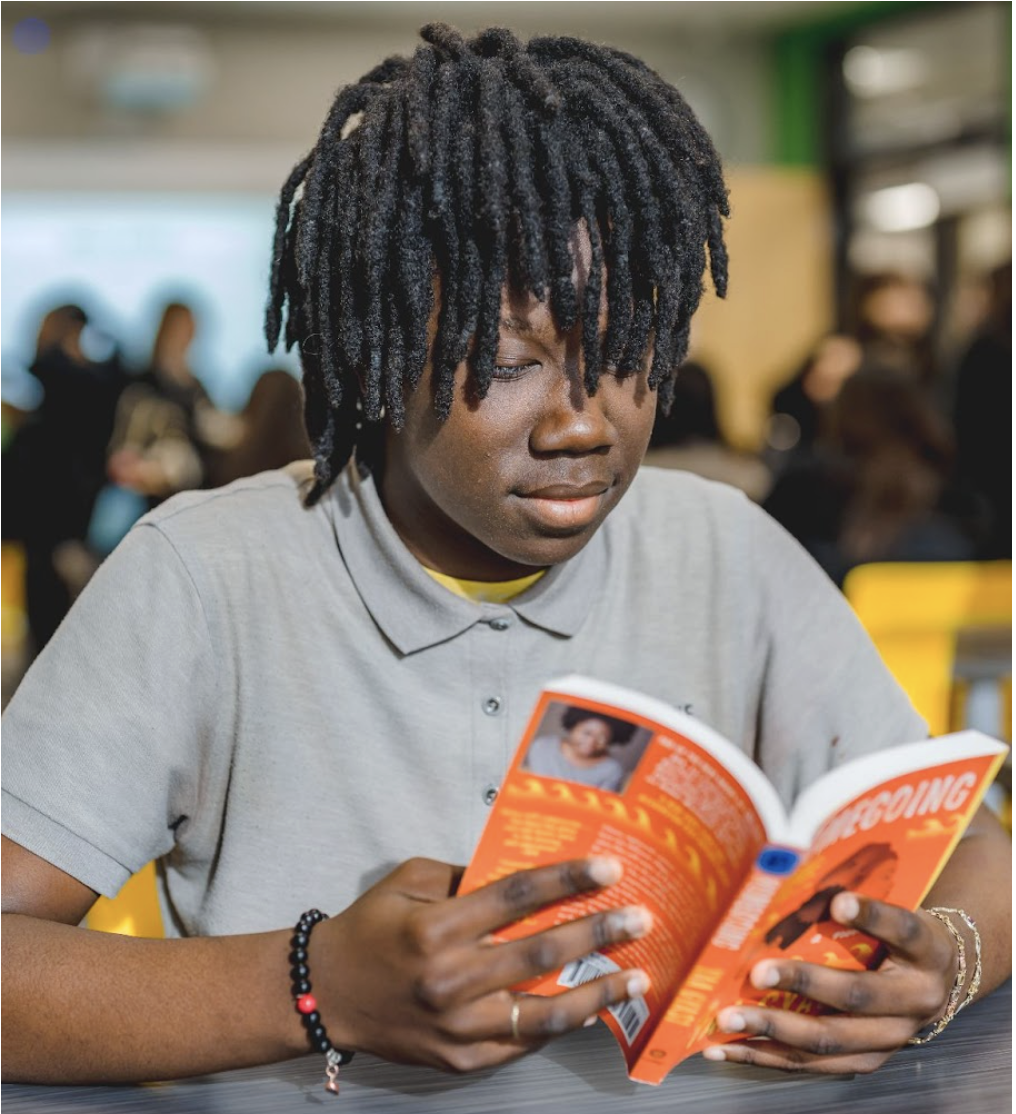Creating Uncertainty

Jeremy T. Murphy and Meira Levinson in “How to Embrace Uncertainty in Your Teaching” (Chronicle of Higher Education, 2023) describe a moment at the end of a graduate school lecture in which the instructor ends the class suddenly without answering his own culminating question.
At first, students gasped in surprise knowing that they would have to wait a couple of days to resolve their confusion. After dismissal, however, rather than just leaving, those same students continued to debate the question amongst themselves. At the beginning of the next class, the professor discovered that his students wanted to delay his reveal of the correct answer further so that they had more time to debate, discussions that he could see were deepening their understanding of the lesson’s concepts.
Since Piaget articulated his theories regarding knowledge construction nearly 75 years ago, educators have believed that uncertainty– and the subsequent desire to resolve that uncertainty– energized students to rigorously unpack and then rebuild concepts that resulted in a coherent, personalized–and far more “sticky”-- understanding. Subsequent research (For example, Lamina and Chase, 2019) has shown that leveraging uncertainty also leads to greater transfer of that knowledge to new contexts.
Whether teachers know about the research around this experience of uncertainty or not, they tend to bristle when students say, “just tell me the right answer.” Most teachers know that just telling students the right answer is not a productive learning experience.
But there isn’t as much consensus around whether or not English teachers should be teaching that there is a right answer at all. In fact, many teachers (and ELA programs) construct lessons in which there is not one right answer, asking students to present their particular view of a text or a topic. Theories of knowledge like Bloom’s Taxonomy or Webb’s Depth of Knowledge suggest that the most rigorous questions are those that don’t have one right answer.
These “not one right answer” questions are an important part of academic study—and certainly create a sense of uncertainty in the learner. Many students, though, respond to that kind of uncertainty by disengaging—they don’t have the confidence, skills and attention span required to attack such questions.
But there is another kind of uncertainty that we’ve seen energize all students immediately, almost without fail. And that’s the uncertainty of not knowing the answer when there is a right answer (and the teacher probably knows it). Whether teacher or student, we’ve probably all seen those moments when it seems like time stops, every student looks up, partly curious, partly frustrated. Without much thought, they immediately start yelling out possible answers, desperate for the satisfaction of being right. Soon, students give up and insist (or beg): “just tell me the right answer!”
It's that sense of urgency Riveting Results captures in our rereading activity—we build up students’ desire to know the right answer, refuse to tell them, and then give them all the tools they need to start figuring it out for themselves with a partner. Over the past six years, Riveting Results has been working with teachers and students to figure out how to support teachers so that they can provoke and facilitate these sorts of “right answer” discussions, so that students can practice dealing with uncertainty and develop the skills to resolve it.
We want to know what you think.
We recommend you read these next
Meet The Team
The Riveting Results program works because it incorporates feedback from dozens of educators experienced in the classroom and in running schools. Unlike other programs that primarily use academic experts to review materials, Riveting Results gets feedback from educators who have actually used Riveting Results in the classroom to develop students reading and writing performance.
contact us



































